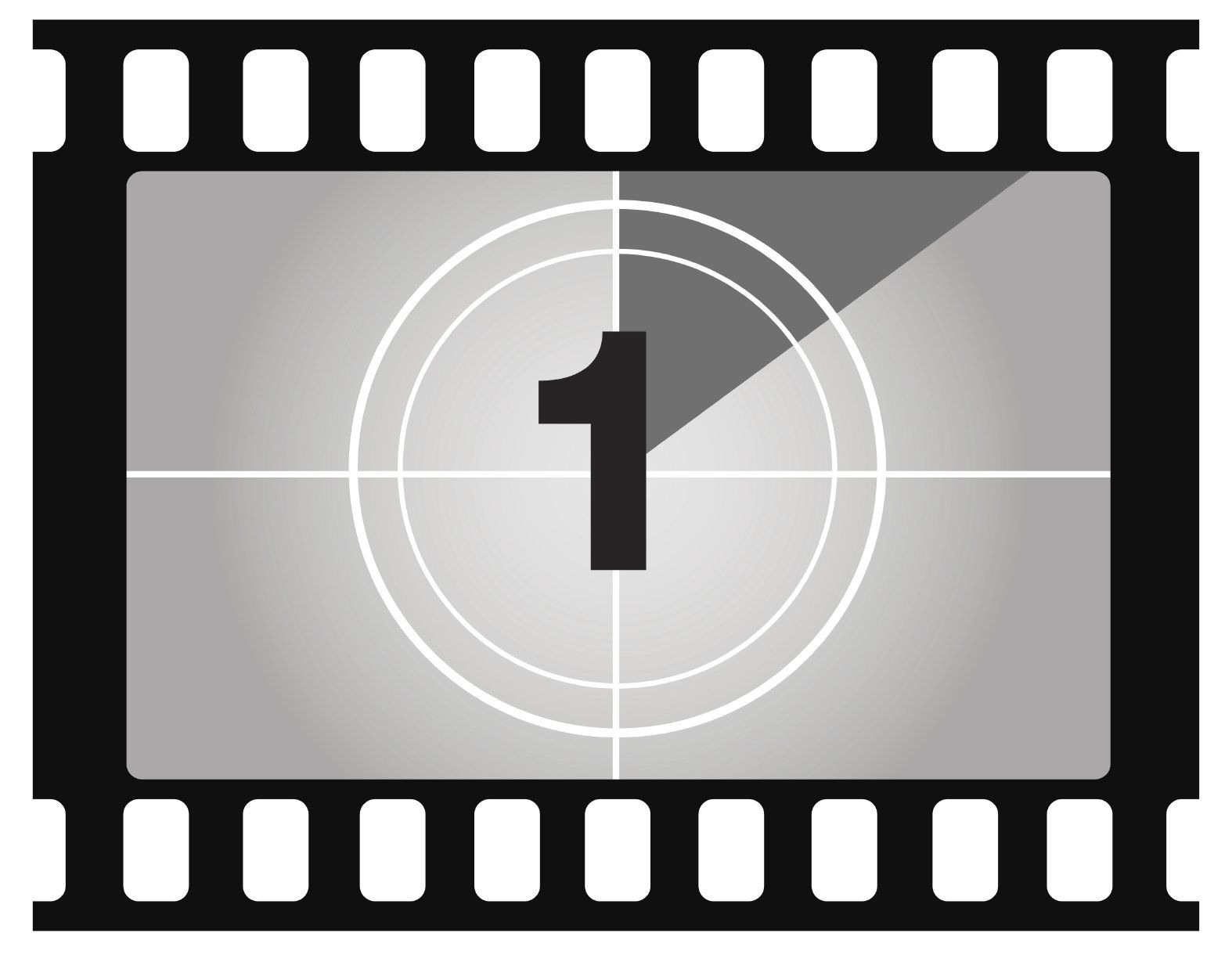Film was never something I had imagined I would be doing, inherently it is a dream to be thinking about film every day of my life. Where I am now, as Cinema Programmer at The Center for Contemporary Arts in Santa Fe, NM, and a film programmer at international and regional film festivals in the US and Canada, has its beginnings.
A well-known Indigenous filmmaker came to my community when I was in high school to do a film workshop. Over a weekend, my cousin and I shot a small project, in the middle of winter, outside, on Lake Nipissing. The camera slowly moved closer and closer to me, and then behind my shoulder, where it looked from the cameras’ perspective, I’d walked into the frozen lake. I remember the shot being the white snow on the lake, the grey winter sky, and a sliver of orange over a Bon Iver track ( it was 2014, whatever ).
I felt something in my heart from that final shot. I knew I wanted to do something visual like that again.
The following Autumn, I was asked to be a main actor in an Indigenous college film, The Lost Warriors, made by a local Indigenous film student. It was all Indigenous cast, Indigenous director. I would go to school during the day, then shoot at night/weekends. It was one of the best experiences I had early on. I saw everything happen on set, the great, the good, the chaotic. The whole experience blew me away in how a film was made.
Going in to my first semester of film school ( a year later ), I’d been supported by a mentor to make a film, my first film, titled Braids. I had no idea what I was doing, but with my mentor’s support, and new friends in this strange world of film school ( and free film gear ) I shot a short with a car, physicality with weapons, and high drama over a day. There is a joy in not knowing what you’re doing as a filmmaker. What came of it was my debut short premiering at imagineNATIVE, where I also did the director’s lab ( I always think I was too young to really appreciate the lab ).
Looking back, now over 10 years into making films, these three experiences very early on were deeply influential on my path as a filmmaker and film programmer. I had family, I had community, and I had other Indigenous artists, young and experienced encouraging and believing in me. It took a long time for me, a young Indigenous person, to believe I was good at something, and it became filmmaking.
I write about these instances from early on in my life because as Indigenous curators/programmers our experiences influence the way we move through choice, art, exhibition and public presentation. It was engrained in me early on to understand who and what came before me, my own path, and how community moves with you in programming and curating.
Is it a general theme across filmmakers that our experiences influence the work? Yes, of course. Though, the interpretation and individuality of the way we work is special. And I do believe as Indigenous film people we have a uniqueness in how we are individual in an inherent community to guide us and move together with grace through film.




